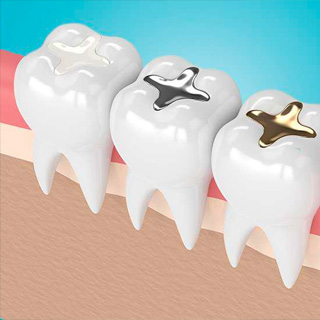
What is Resin restoration?
Today, several dental filling materials are available. Teeth can be filled with gold, porcelain, or tooth-colored and materials called composite resin fillings. There is also a material that contains glass particles and is known as glass ionomer. This material is used in ways similar to the use of composite resin fillings.
The location and extent of the decay, cost of filling material, your insurance coverage, and your dentist’s recommendation assist in determining the type of filling best for you.

Tooth Colored Composites
Tooth Colored composite is a synthetic resin restorative material used to replace tooth structure lost from a cavity due to tooth decay that needs to be filled.
Advantages of composites:
- Aesthetics — The shade/color of the composite fillings can be closely matched to the color of existing teeth. Composites are particularly well suited for use in front teeth or visible parts of teeth.
- Bonding to tooth structure — Composite fillings actually chemically bond to tooth structure, providing further support.
- Versatility — In addition to use as a filling material for decay, composite fillings can also be used to repair chipped, broken, or worn teeth.
- Tooth-sparing preparation — Sometimes less tooth structure needs to be removed compared with amalgam fillings when removing decay and preparing for the filling.
Disadvantages of composites:
- Lack of durability — Composite fillings wear out sooner than amalgam fillings (lasting at least five years compared with at least 10 to 15 for amalgams); in addition, they may not last as long as amalgam fillings under the pressure of chewing and particularly if used for large cavities.
- Increased chair time — Because of the process to apply the composite material, these fillings can take up to 20 minutes longer than amalgam fillings to place.
- Additional visits — If composites are used for inlays or onlays, more than one office visit may be required.
- Chipping — Depending on location, composite materials can chip off the tooth.
- Expense — Composite fillings can cost up to twice the cost of amalgam fillings.



